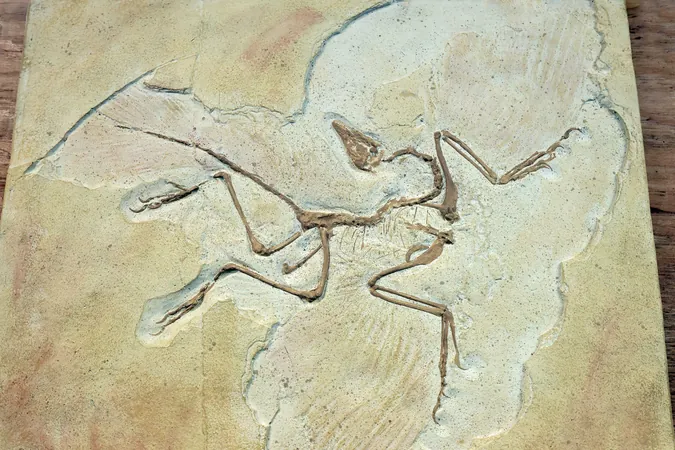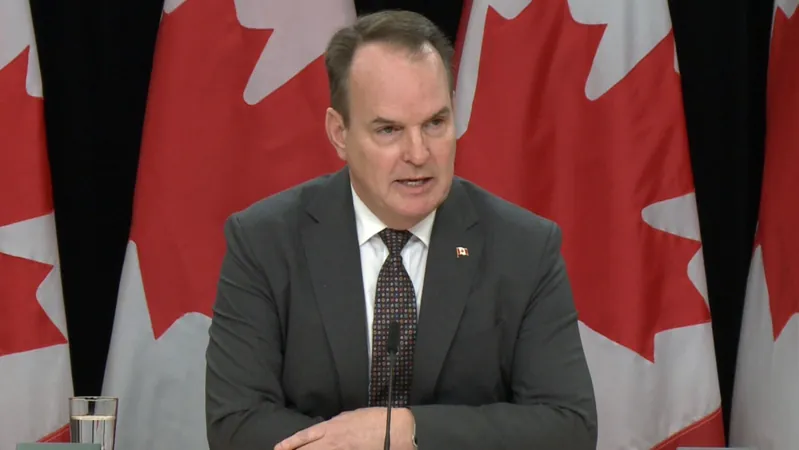
Pompeii Implements Visitor Cap to Protect Ancient Treasures: What You Need to Know!
2024-11-11
Author: Emma
Introduction
Authorities managing the ancient archaeological site of Pompeii in southern Italy have announced a significant new policy aimed at safeguarding this historical treasure. Starting November 15, a daily visitor limit of 20,000 people will be enforced, a proactive measure reflecting growing concerns about the impact of mass tourism on the site’s integrity.
Visitor Limit and Ticketing Changes
The new regulation will require visitors to obtain personalized tickets that include their names, ensuring better management of the flow of people through the ruins. During the bustling summer months, from April 1 to October 31, guests will also be assigned specific time slots to further ease congestion.
Concerns About Tourism Impact
This move comes on the heels of a record-breaking summer, during which over 4 million people explored the site, with peak days seeing more than 36,000 visitors. Such overwhelming numbers pose significant risks—not only to the preservation of Pompeii's delicate structures but also to public safety, particularly in the event of an earthquake.
Expert Insights
Gabriel Zuchtriegel, the director of the Pompeii archaeological park, stated, “We are working on a series of projects to reduce anthropic pressure on the site, which can be a risk for both people and our unique heritage.” He emphasized the park's goal of fostering a “slow, sustainable, pleasant and non-mass tourism experience,” encouraging visitors to appreciate the site without overwhelming it.
Historical Significance of Pompeii
Pompeii, famously buried under volcanic ash after the eruption of Mount Vesuvius in 79 AD, is a compelling snapshot of ancient life, offering insights into Roman civilization. The catastrophic event preserved tragic scenes of its residents, creating a haunting time capsule that attracts history enthusiasts from all around the world.
Trends in Visitor Numbers
Visitor numbers have skyrocketed over the past decade, soaring from just 2.7 million in 2014 to more than 3.9 million by 2019. To combat the adverse effects of such overwhelming crowds, authorities are exploring innovative solutions to disperse visitors across various archaeological sites in the region.
The Grande Pompei Initiative
One ambitious initiative, aptly named “Grande Pompei,” aims to create a “parco diffuso” or scattered archaeological park. This project will connect Pompeii with nearby historical sites, including the villas at Boscoreale, Oplontis, and Stabiae. The plan includes all-in-one tickets and shuttle services, making it easier for tourists to explore these ancient treasures without putting undue strain on any single location.
Conclusion
As Pompeii prepares for this pivotal change, the question remains: Will these measures be enough to protect its invaluable heritage while still allowing visitors to experience the awe of this ancient wonder? Only time will tell!









 Brasil (PT)
Brasil (PT)
 Canada (EN)
Canada (EN)
 Chile (ES)
Chile (ES)
 España (ES)
España (ES)
 France (FR)
France (FR)
 Hong Kong (EN)
Hong Kong (EN)
 Italia (IT)
Italia (IT)
 日本 (JA)
日本 (JA)
 Magyarország (HU)
Magyarország (HU)
 Norge (NO)
Norge (NO)
 Polska (PL)
Polska (PL)
 Schweiz (DE)
Schweiz (DE)
 Singapore (EN)
Singapore (EN)
 Sverige (SV)
Sverige (SV)
 Suomi (FI)
Suomi (FI)
 Türkiye (TR)
Türkiye (TR)